2024 Acura Integra Type S Review: Return to form, finally
Winston Churchill is said to have observed that America could always be trusted to do the right thing, but only after exhausting all the alternatives. The same can now be said of Acura, which, after 20 years blundering around in identity crisis, flushing all sorts of almost entirely forgettable vehicles onto a wholly unimpressed U.S. market, has decided to try a new angle: remembering who the hell they are.
The 2024 Acura Integra Type S is everything a compact sport sedan should be—indeed, what it used to be before the triumph of the computers and the relentless pursuit of global volume through watery mainstreaming. It squirts, it zooms. It is supremely functional and not especially flashy. The Integra Type S and its fraternal twin, the Honda Civic Type R, are two of the best gas-powered compacts we’ve seen in years, and the best expressions of Honda-ness in a generation.
That is, assuming you can work a stick shift, because—and this is not a misprint—the Integra Type S only comes with a six-speed manual transmission. What a joy that shifter is, too; stubby, short-throw, precise, and fluid. It recalls the late, lamented S2000 roadster and a host of hot Integras of the now-distant past, when Honda and Acura once offered the best gear-changers in the industry.
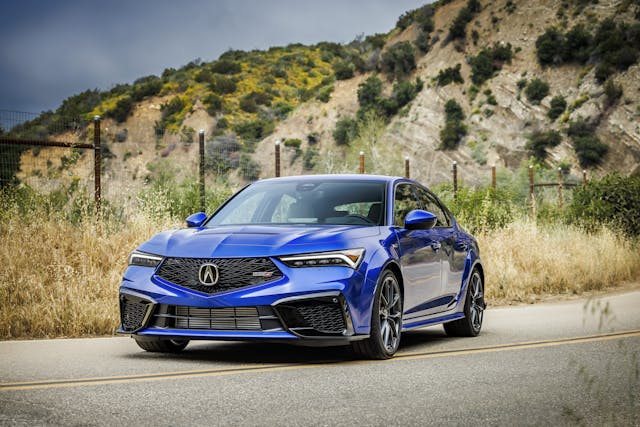
Acura is Honda’s luxury subsidiary, launched in 1986. Right out of the gate came the Legend and Integra, two exquisite charmers that were so fine that they forged an empire. That wasn’t good enough for the suits, however, and Acura entered the 2000s nakedly trying to claw up the social ladder with ever more expensive (and ever duller) vehicles. Sure, the MDX luxury crossover sold pretty well, but Acura product planners ultimately renamed the Integra and in the night murdered its replacement, the RSX. The next two decades were a parade of both mediocrity and broad irrelevance.
“We needed to refocus ourselves back to ‘precision crafted performance,’” acknowledged American Honda vice president and Acura brand chief Jon Ikeda at the Integra Type S media drive. “After 30-odd years you get to know who you are as a person. We are a performance brand, and we said, ‘Hey, we need to bring Integra back.’ Integra is our [Porsche] 911.”
The division has thrust itself back into what it does best: building entertaining cars with modest proportions. For Honda is, at heart, a small-car company—always has been, probably always will be. It doesn’t matter if you rolled out of bed tired, if you missed your morning coffee, or if you’re coming down with that head cold going around; the 320-hp Integra Type S will grab you by the scruff and pull you in. There is no brainless autopilot; you will steer and brake and shift, you will have fun, you will smile. You will wail the return (finally, dammit!) of the Integra.
Specs: 2024 Acura Integra Type S
- Price: $51,995 (including destination)
- Powertrain: 2.0-liter turbocharged four-cylinder; six-speed manual
- Output: 320 hp @ 6500 rpm, 310 lb-ft @ 2600–4000 rpm
- Layout: Four-door, five-passenger, liftback sedan
- Weight: 3219 pounds
- EPA fuel economy: 21 mpg city / 28 mpg highway / 24 mpg combined
- 0 to 60 mph: TBA
- Rivals: Honda Civic Type R, VW Golf R, Audi S3, BMW M235i, Mercedes-Benz CLA35, Cadillac CT4-V
We say “compact” and “small” as if the new Integra is little, but it’s actually within a few inches of the original Acura Legend, which says more about the size of cars today than the size of cars in 1986. By today’s standards the Integra is on the small side, yet it’s roomy enough thanks to Honda’s customarily brilliant interior packaging that provides good head- and legroom for all. And it’s a liftback with split-folding rear seats, meaning you can easily pack in a lot of stuff when the need arises.
The Type S takes its place at the top of the built-in-Ohio Integra food chain. The base 1.5-liter 200-hp Integra, introduced last year, kicks off at $32,495. The meaner-looking and tech’d-up (but no more powerful) Integra A-Spec starts at $34,495, and with the optional Advanced Package it’s the only way to get a manual in any Integra, totaling $37,495. The Honda Civic Type R, starting at $43,990, is the cheapest way to get the big 2.0-liter, though with five fewer horsepower. The Integra Type S, at nearly $52,000, is positioned as a more luxurious offering with richer trim.
You can spot the Type S right away from the front because of the vented aluminum hood and wider front fenders that Honda has gone to the trouble of specially stamping in steel (the rears have plastic appliqués). From the side, it’s the special 19-inch aluminum alloy wheels, which are larger in diameter and width than the A-Spec’s 18-inchers yet 6.5 percent lighter. They wear proper, state-of-the-art Michelin Pilot Sport 4S summer tires, replacing all four of which will set you back about $1500, but worry about that later. In the meantime you have about the best grip a wet/dry street tire has to offer.

In the rear, the main Type S giveaway is the triple tailpipes—actually three separate silencers controlled by a solenoid to sound fairly subdued, or to blat and crackle even more belligerently than the Civic Type R system, which has one more silencer up front. A dynamic mode selector next to the Integra’s shifter gives you some control of the exhaust noise as well as the suspension damping stiffness and steering effort. Set on maximum Sport+, the Type S gets very blatty—and very choppy—indeed.
Besides that, there are wider grille openings and some aero enhancements, not all of which are plainly visible. An underbody tray creates a nearly flat floor, while blades hidden behind the cheek grilles smooth airflow at speed down the side.
***
Mother Nature took a big, wet dump on Acura’s plan of showcasing its newest model on a winding ribbon of California rollercoaster known as Highway 33. The road through the Topatopa Mountains above Ojai, California would make a Yugo on four space-savers look good. But winter rains played havoc up there and the highway has been closed for months. Instead, we cut west across the Santa Barbara coastal suburbia and through the Santa Ynez Mountains on a much less challenging (and less private) route.
No matter, the Type S was luminescent, with fast and naturally weighted steering, firm and reassuring brakes from the Brembo-branded front calipers, and a suspension providing both decent travel and excellent body control. It assaults a corner with the same prompt helm responses as an E46-generation BMW 3 Series but with much better tires and sound isolation, the steering wheel transmitting just enough feedback to be certain of the grip situation up front. Which is important because the 320 horses and 310 pound-feet of torque generated by the turbo 2.0-liter reach the road only through the front wheels. Those driven wheels can sniff around a tiny bit out of a lumpy corner, despite the suspension geometry almost eliminating torque-steer, but they generally take you exactly where pointed.
Not since the return of the Civic Type R to U.S. shores for 2017 have we shaken our heads at a Honda product and wondered, “How’d they do that?” But the Integra has us shaking our heads. For one thing, the all-steel body structure is exceptionally stiff, especially when compared to some of the Korean pretenders, yet there is nothing overtly fancy about the way the Integra’s steel structure was spot-welded together. No underhood shock-tower braces, no fancy thin-wall alloy castings at the hard points, no especially exotic materials. Yet somehow the car’s curb weight sits at about 3200 pounds, which is pretty light in this day and age.
Stiff cars make for quicker steering response, as you don’t have to wait for the steel to bend before the tires can do their thing. Unibody structures with gaping holes in the back for a hatchback tend to sacrifice some rigidity for utility, because you can’t hide a cross-car beam or X-brace under a parcel shelf as you can in a sedan to tie the rear suspension mounts together. Yet the Integra shakes not at all over bumps, even while wearing 30-series tires on 19-inch rims. Nor does it flex when you dive for a corner.
Another gobsmacking feature is the VTEC-equipped K20C1 four-cylinder. It’s the rare turbo engine with a shorter stroke (85.9 mm) than its bore (86.0 mm, granted not much). Meaning it’s a turbo engine that will rev if you want to—though its flat torque curve means the 310 pound-feet arrive at 2600 rpm and hangs in to 4000. It’s gloriously smooth and tractable around town in Comfort mode, but turns into an animal when the boost builds, which takes a half a second but hey, this little thing makes 160 horses per liter. Expect it to drink premium fuel at a rate of around 25 mpg.
If you’re into dashboards comprised of so many interlocking iPads, the Integra comes across as remarkably old-school. Not that there aren’t screens, including a central nine-inch touchscreen with standard CarPlay/Android Auto and a volume knob, but the cockpit is a touch retro. A mix of metal- and leather-like textures surround a binnacle with an old-timey round tach and speedo. The Type S gets exclusive, power-adjustable sport thrones with perforated leather and contrast stitching, not to mention heated elements that are not offered on the Civic Type R. Acura is offering three interior colors, the red/black contrasting scheme being the raciest for this get-down-to-business workspace.
No, it’s not cheap, and cynics will raise eyebrows at a gussied-up Honda Civic hatchback costing north of 50 grand. Two things, though: A good car is worth whatever you have to pay for it, and a look around at what else you can buy for the money isn’t awe-inspiring. The sporty Audi S3, Mercedes AMG CLA35, and BMW M235i are all in this neighborhood, and none of those sedans offers a manual transmission, though the less-posh VW Golf R does. Most of Acura’s traditional competitors are too obsessed with crossovers, or EVs, to build an exciting compact sedan with an internal combustion engine. Indeed, the Type S’s toughest competition is in-house with the Civic Type R, which offers only a slightly less premium experience but at considerable savings.

Both of hot hatches seem like the Nikon F6es of our era, the 2004 version being perhaps the last, best 35-mm film camera ever made before the onslaught of digital photography. With many of Acura’s young, hip, and city-dwelling target demographic having bled away to Tesla Model 3s, and with more and ever-better EVs piling into the space, the Integra Type S arrives just in time. Such an intense, satisfying mechanical experience—irreplaceable to those still craving a certain kind of driving pleasure—is becoming rarer by the minute.
2024 Acura Integra Type S
Highs: Manual only, brilliant packaging and old-school Integra performance, a car you will never be bored in.
Lows: Not cheap, a Civic Type-R is about $7000 less and offers a lot of the same joy, arrives just as EVs are taking over.
Takeaway: At the dawn of a new age, Acura finally resurrects its old icon to save its reputation, and it doesn’t disappoint.
***
Check out the Hagerty Media homepage so you don’t miss a single story, or better yet, bookmark it. To get our best stories delivered right to your inbox, subscribe to our newsletters.

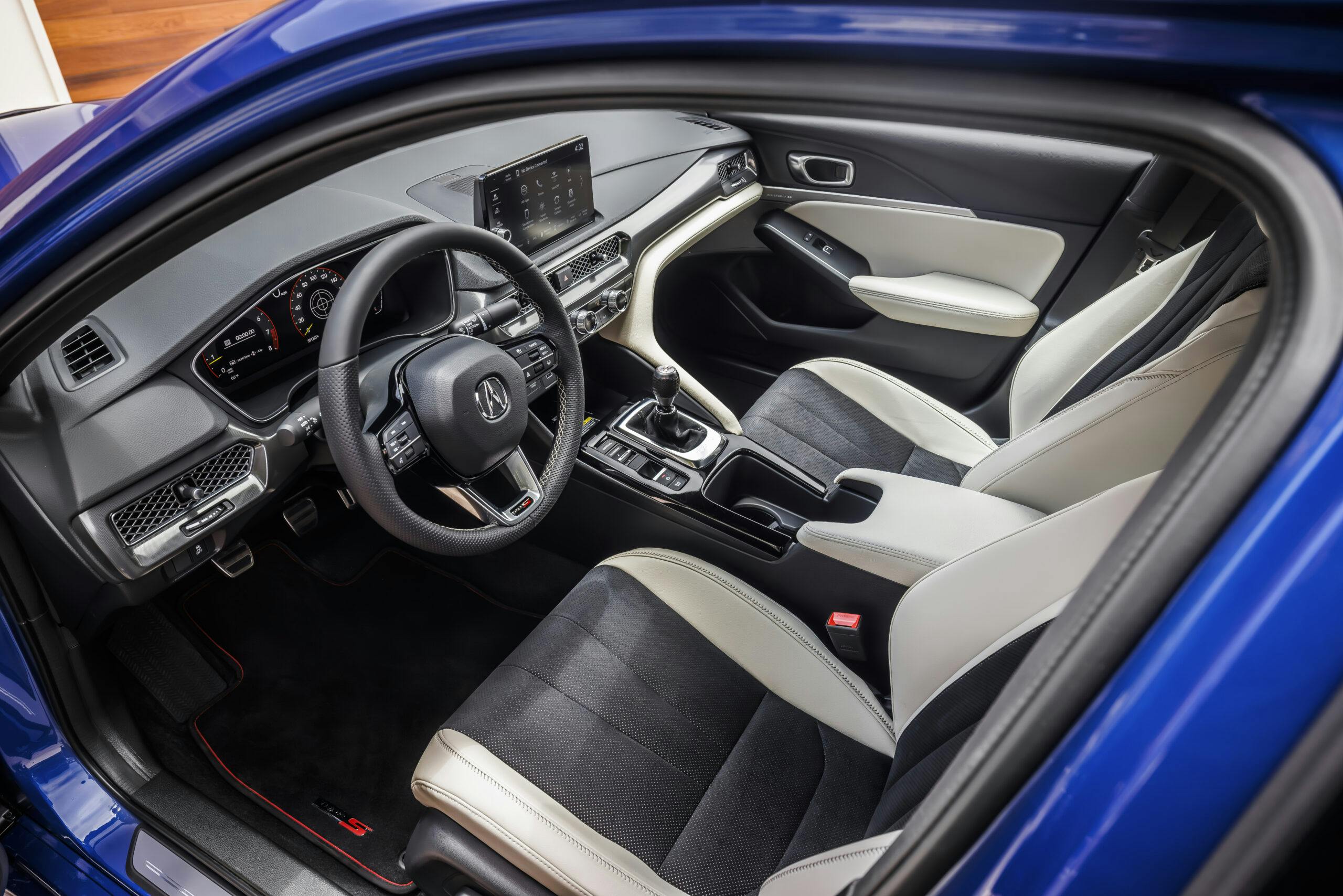
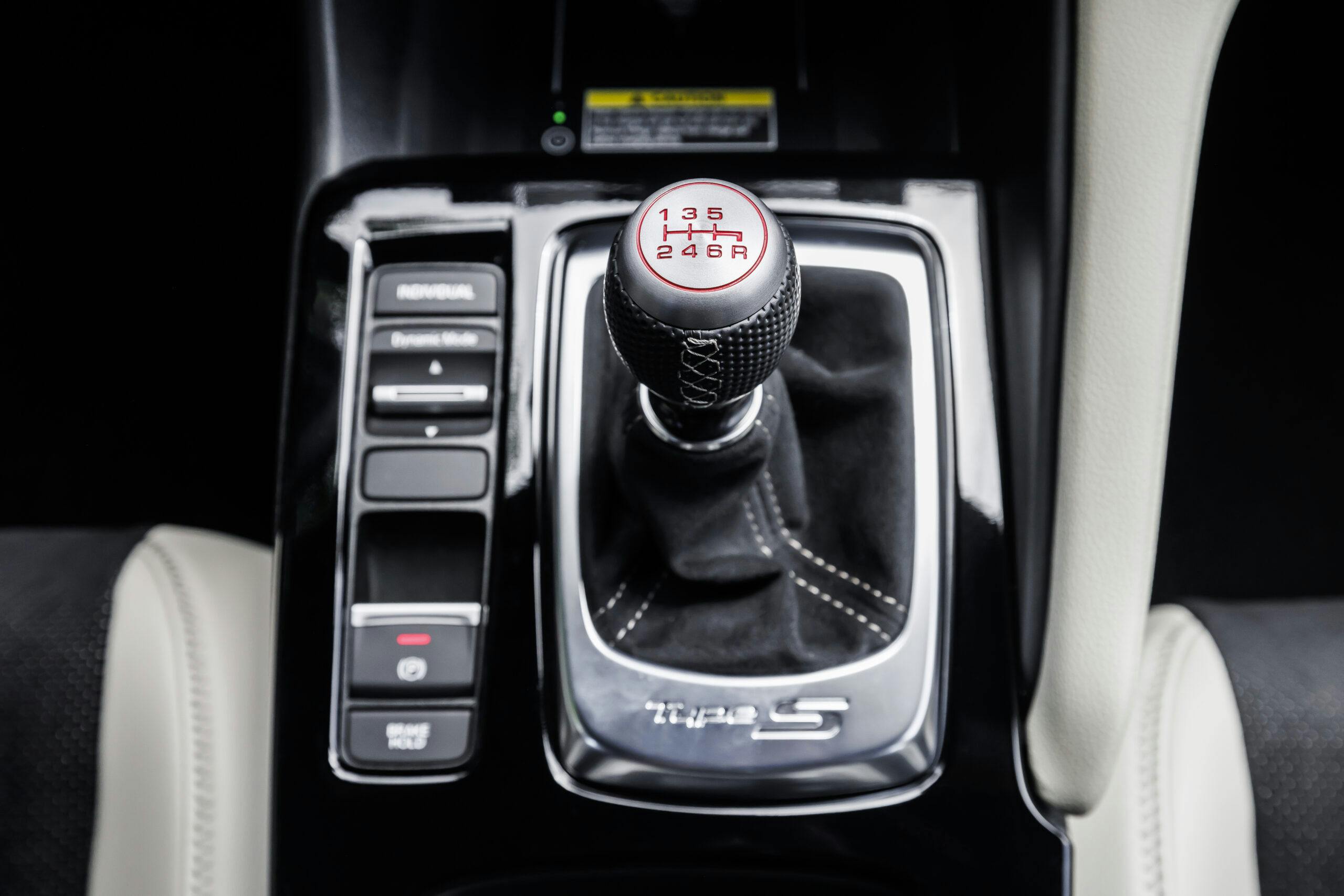

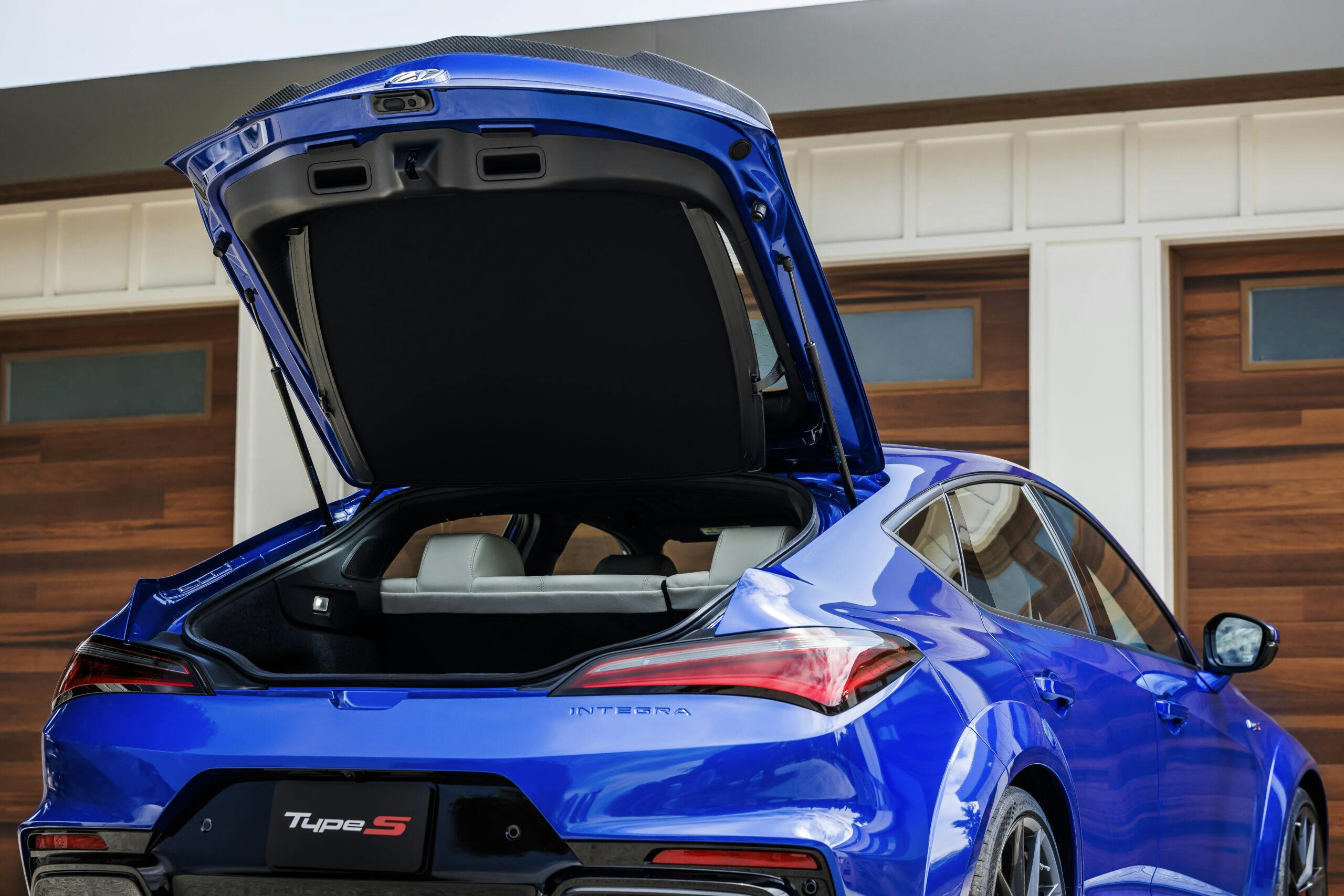
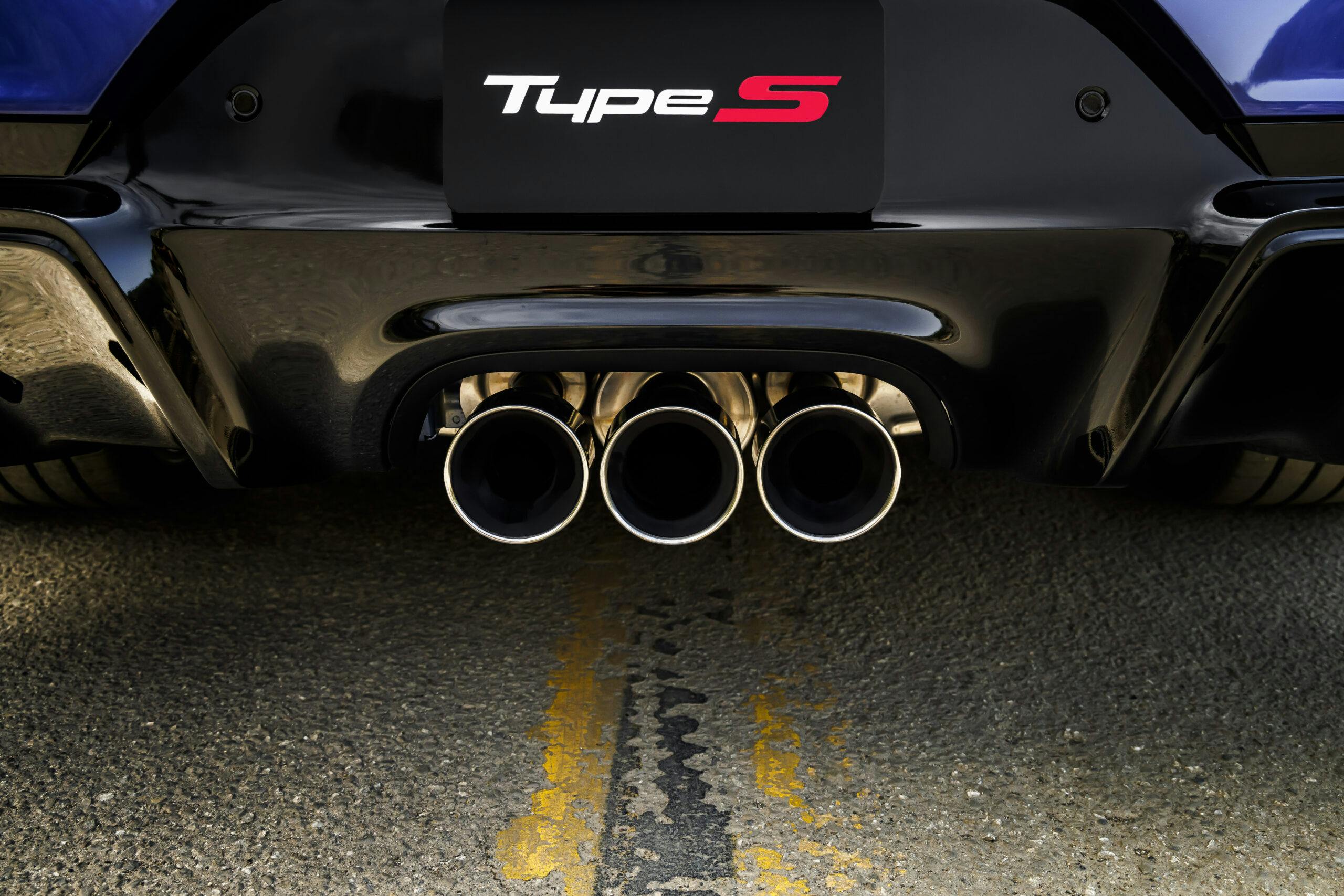
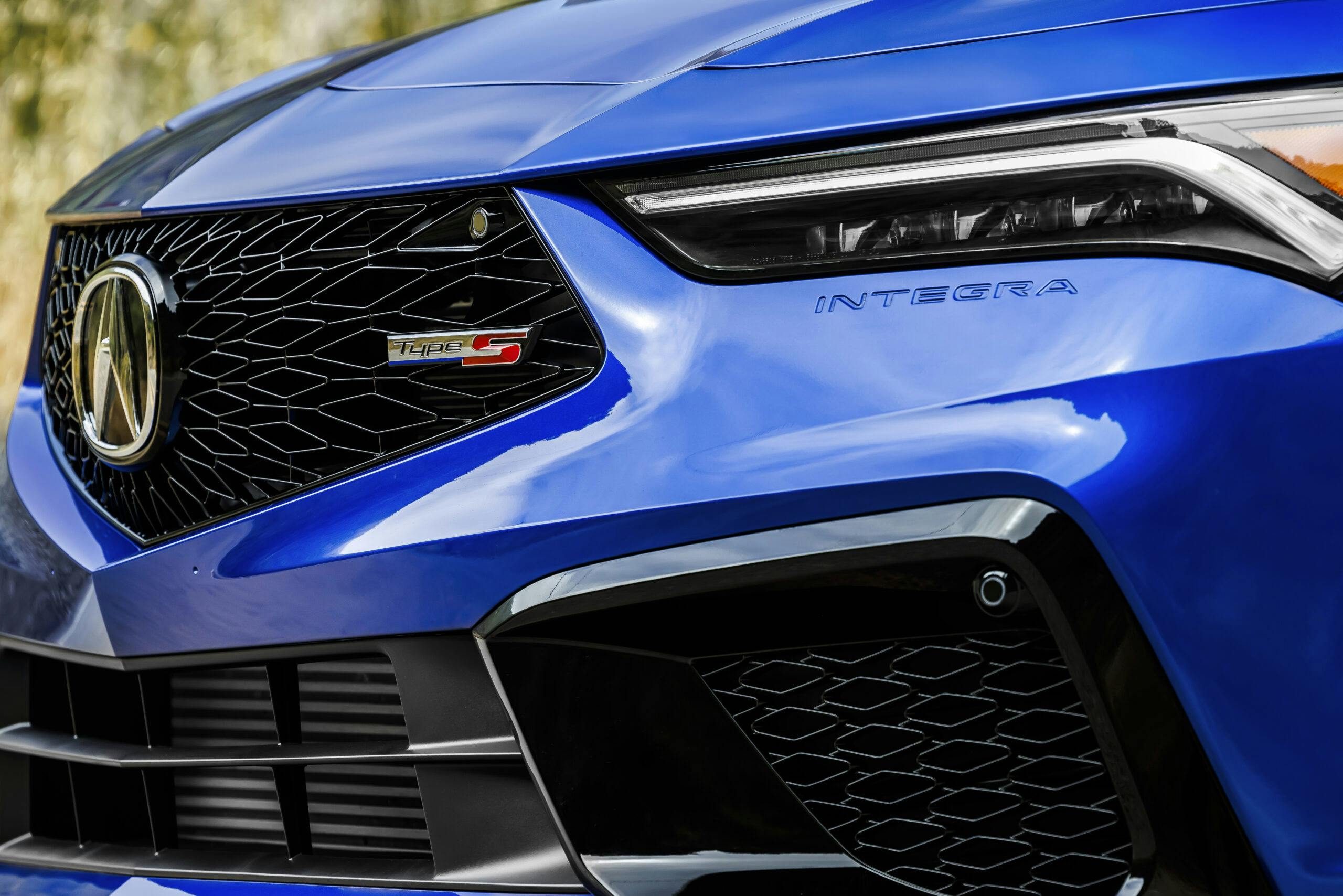
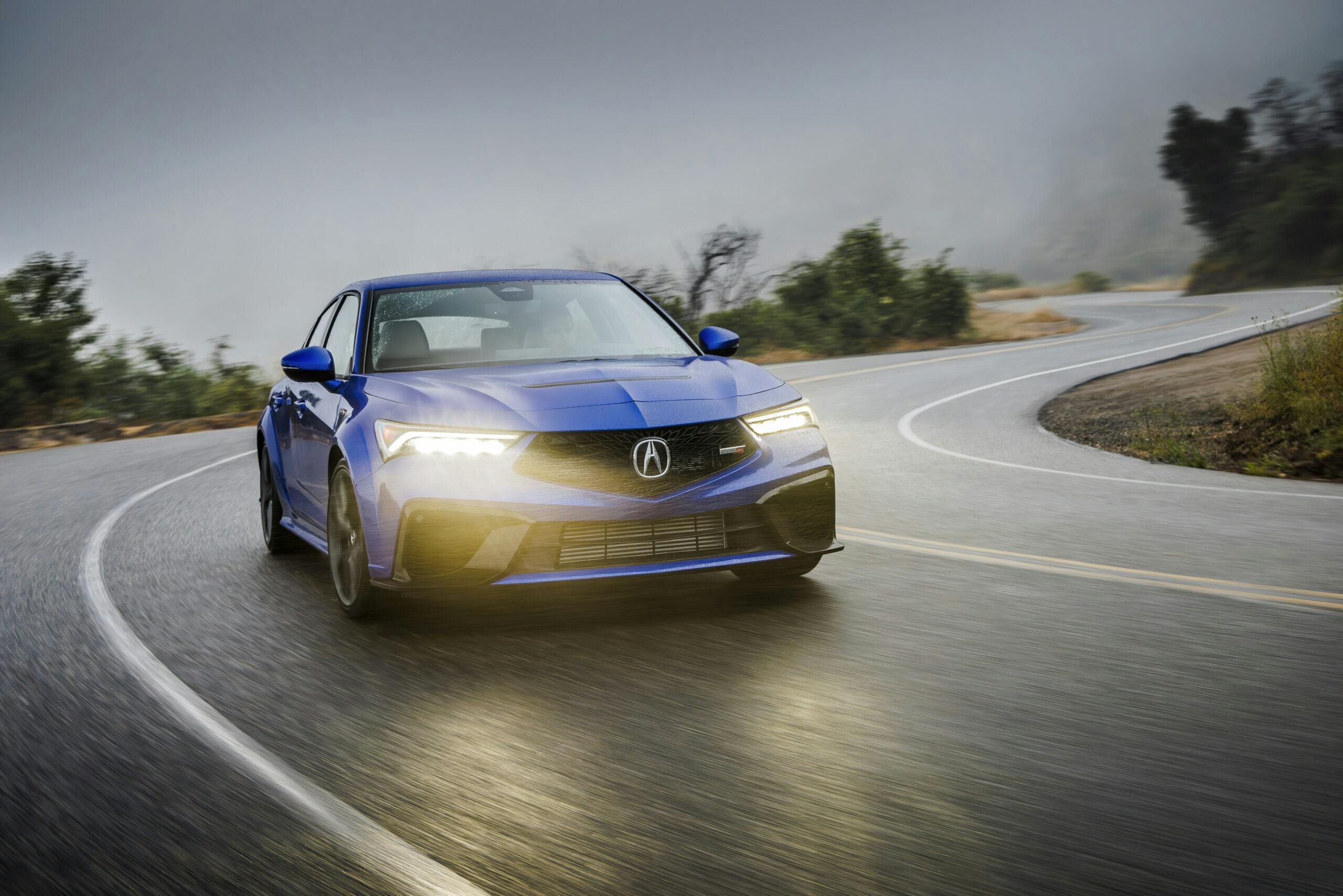
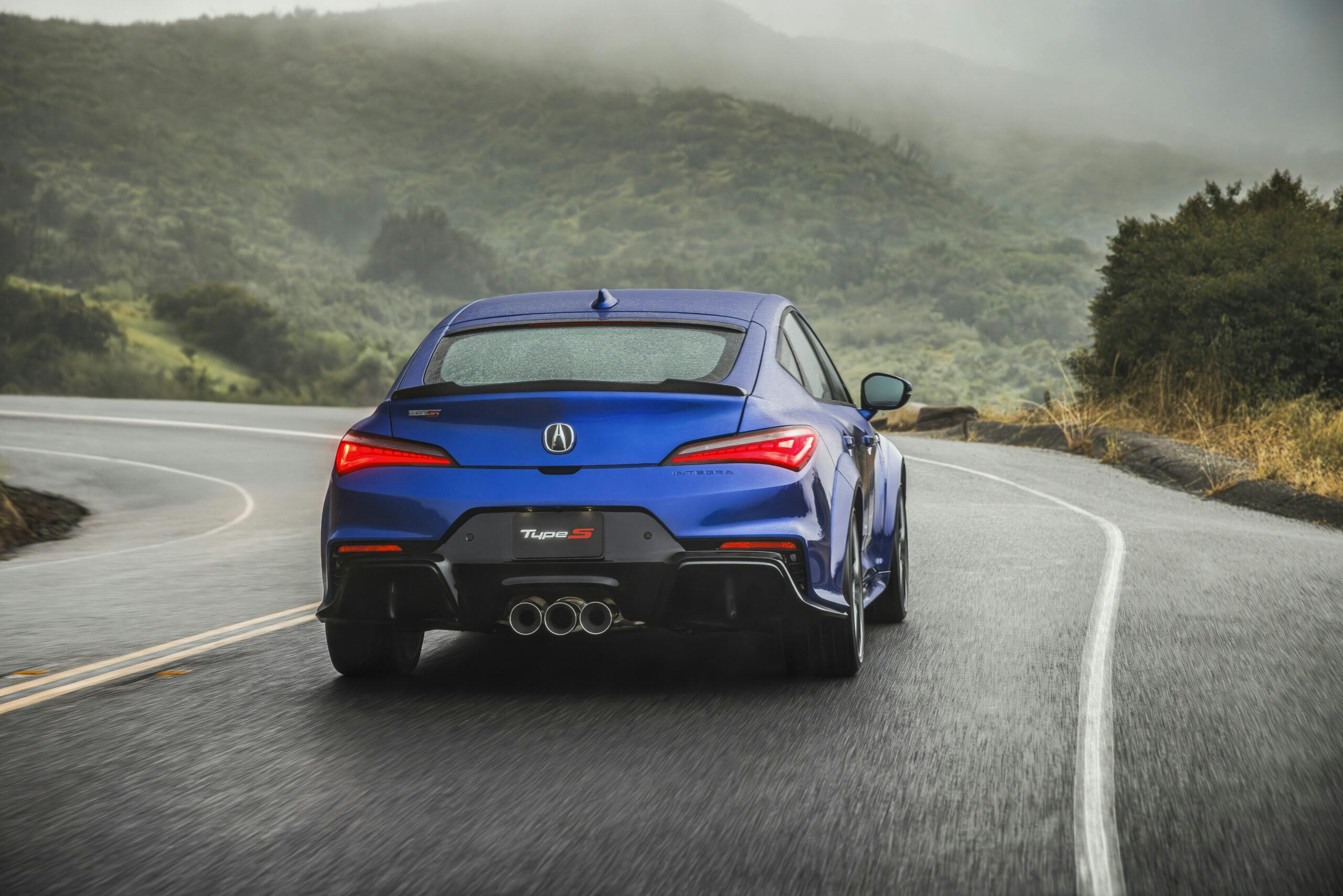

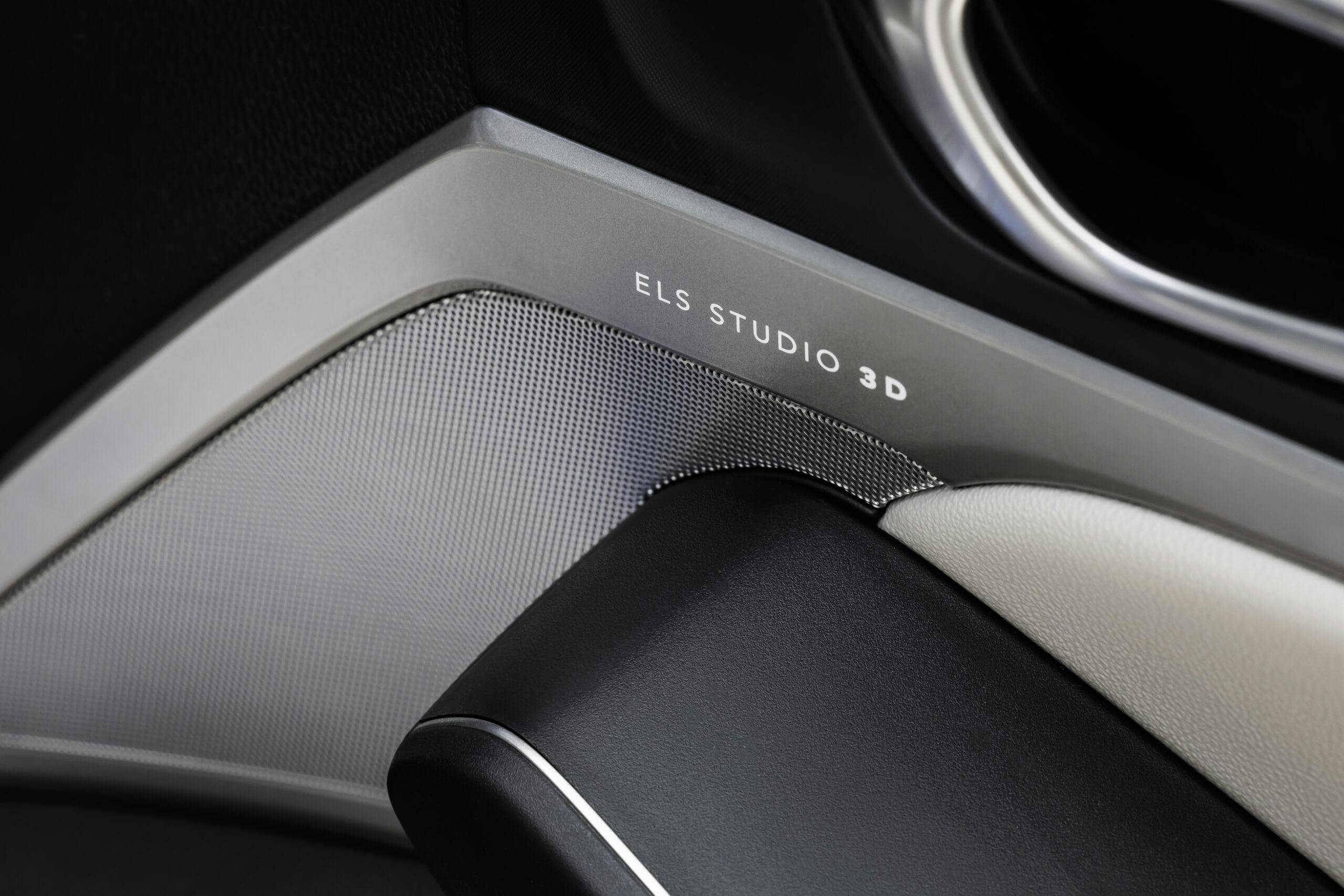
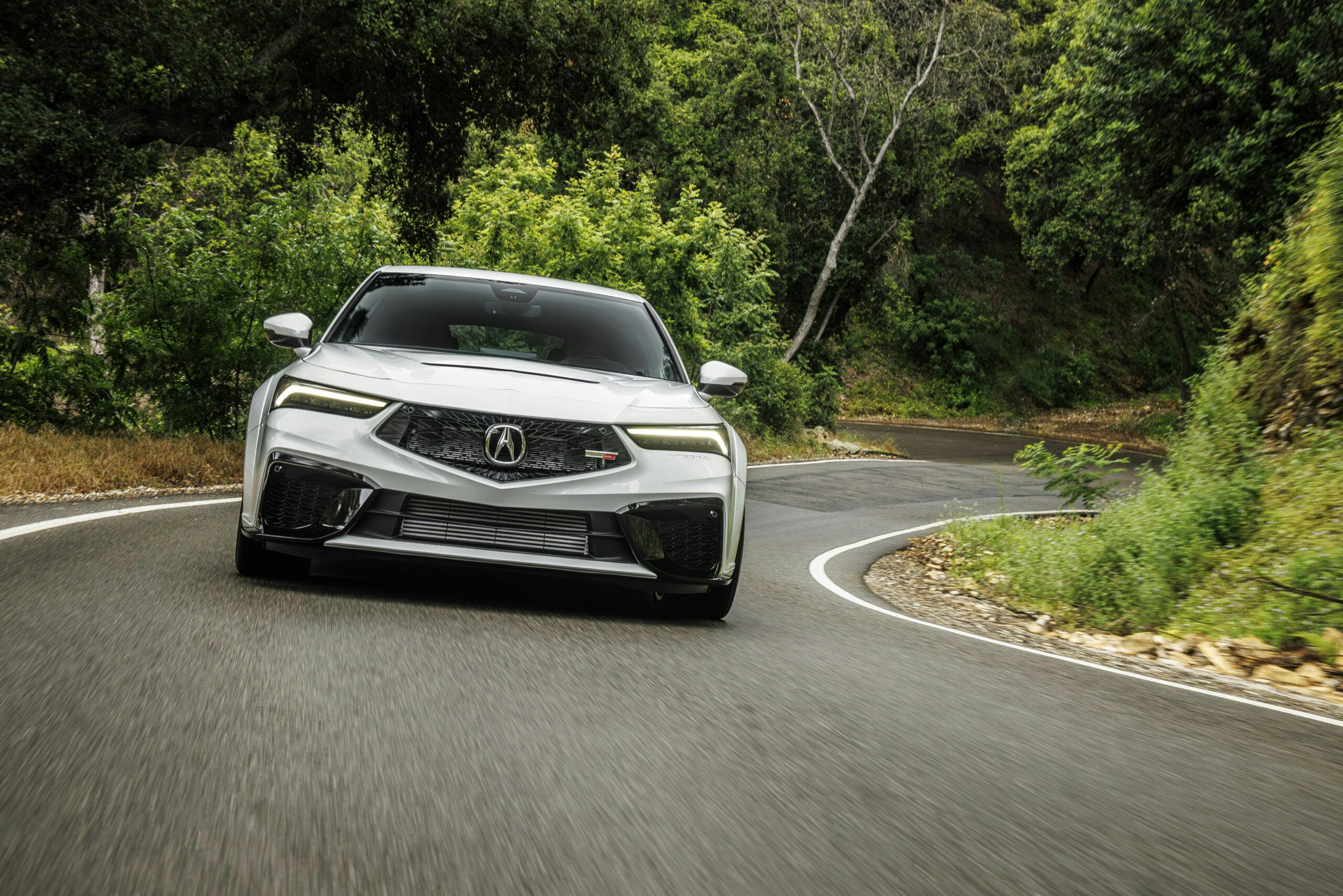
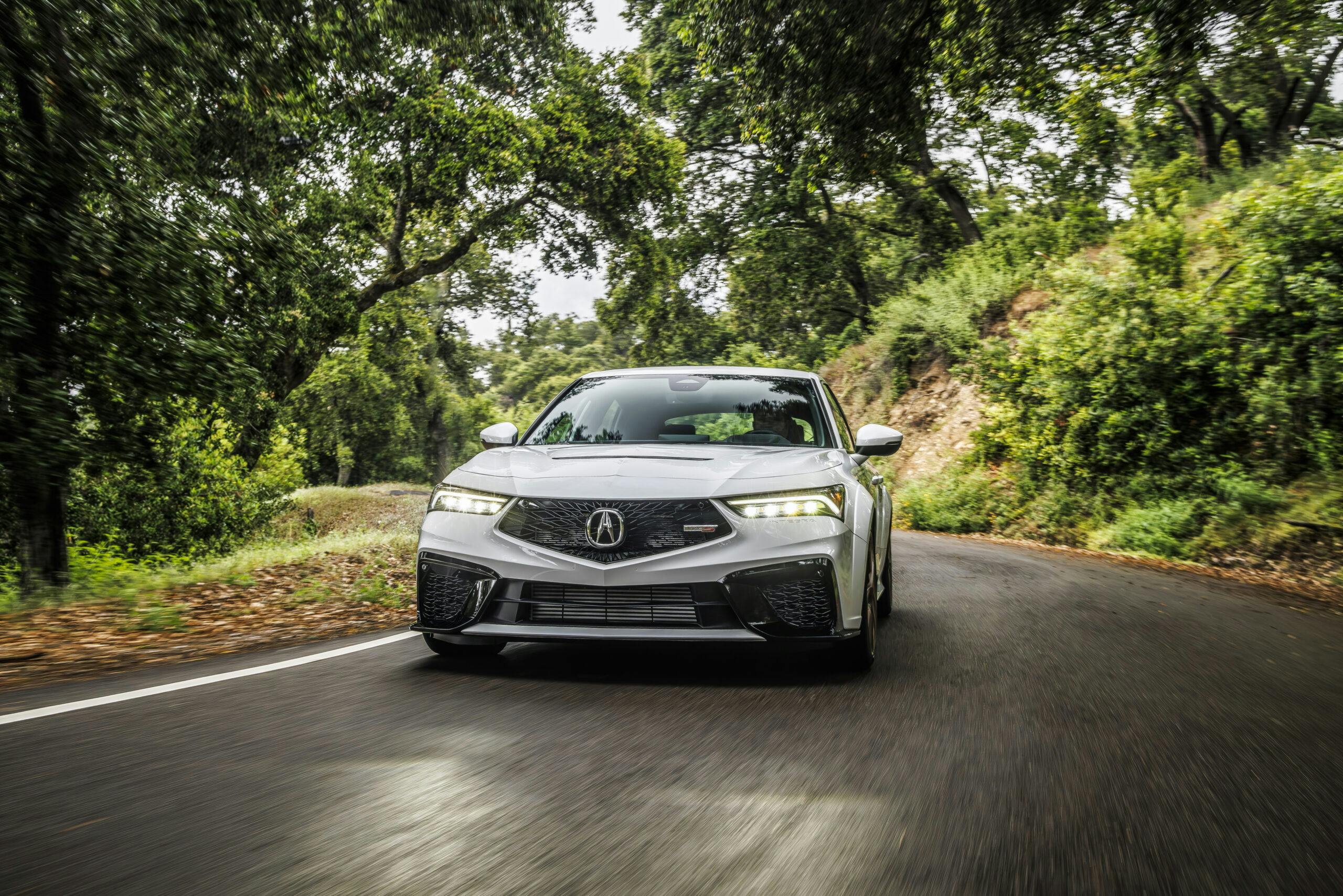

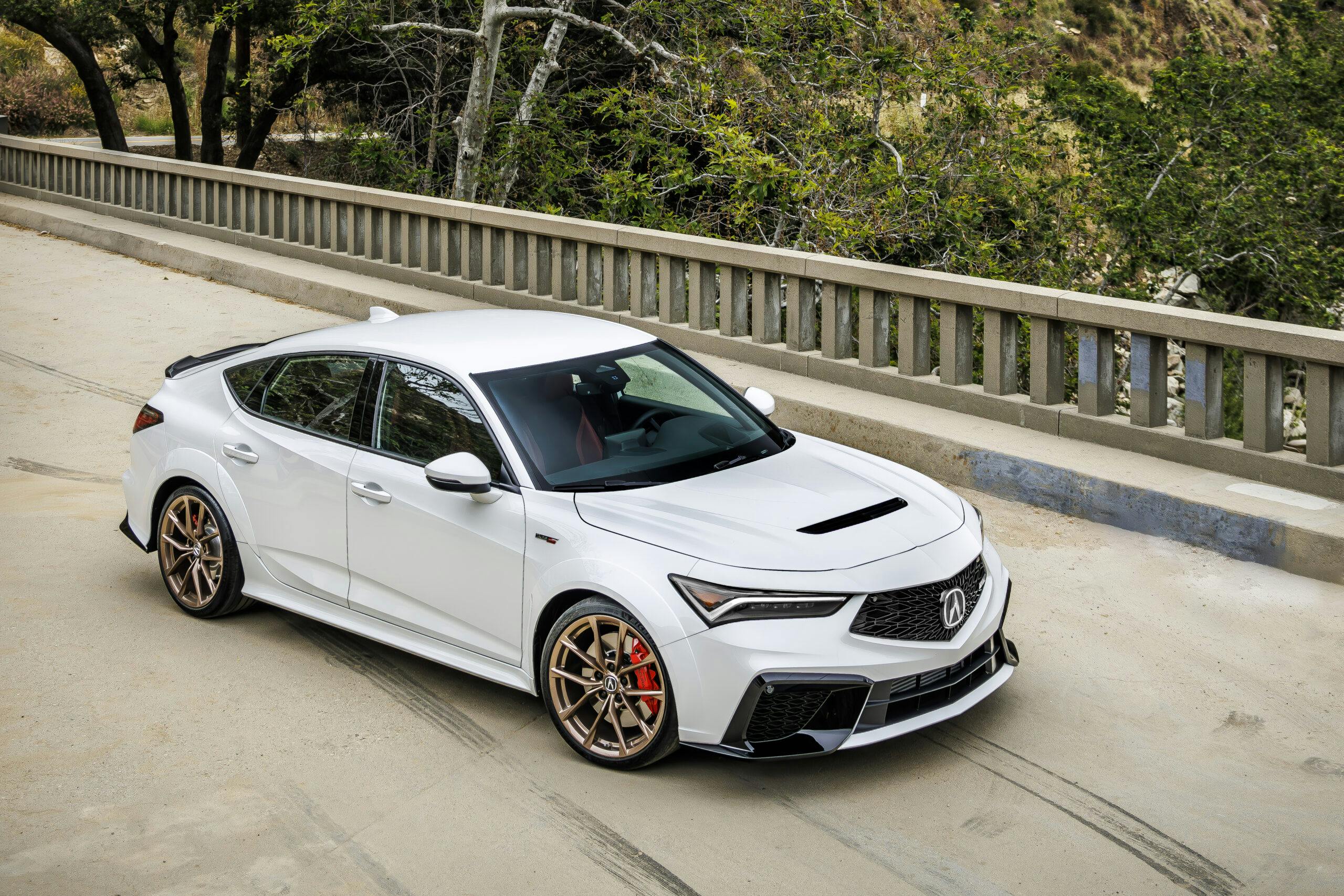
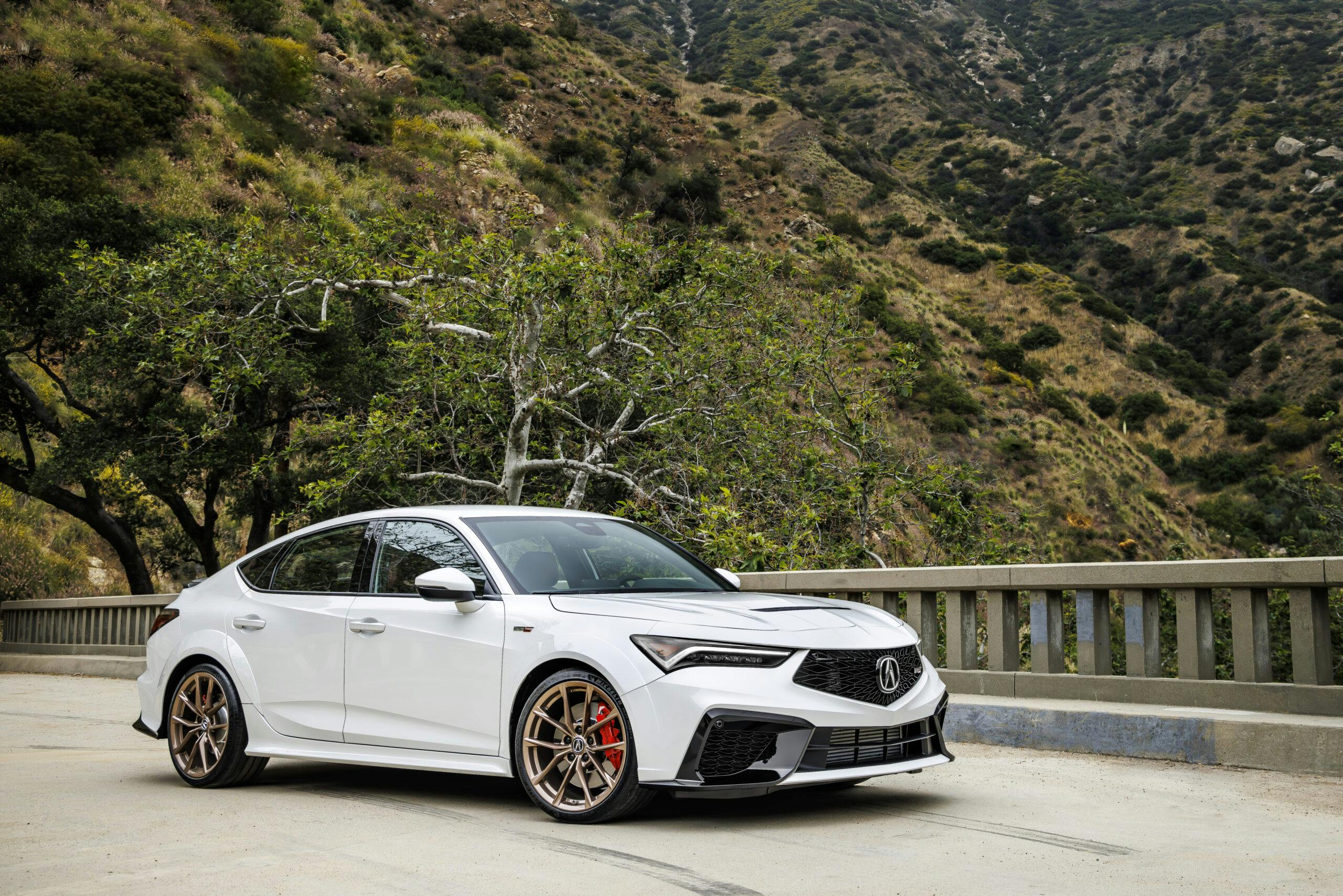
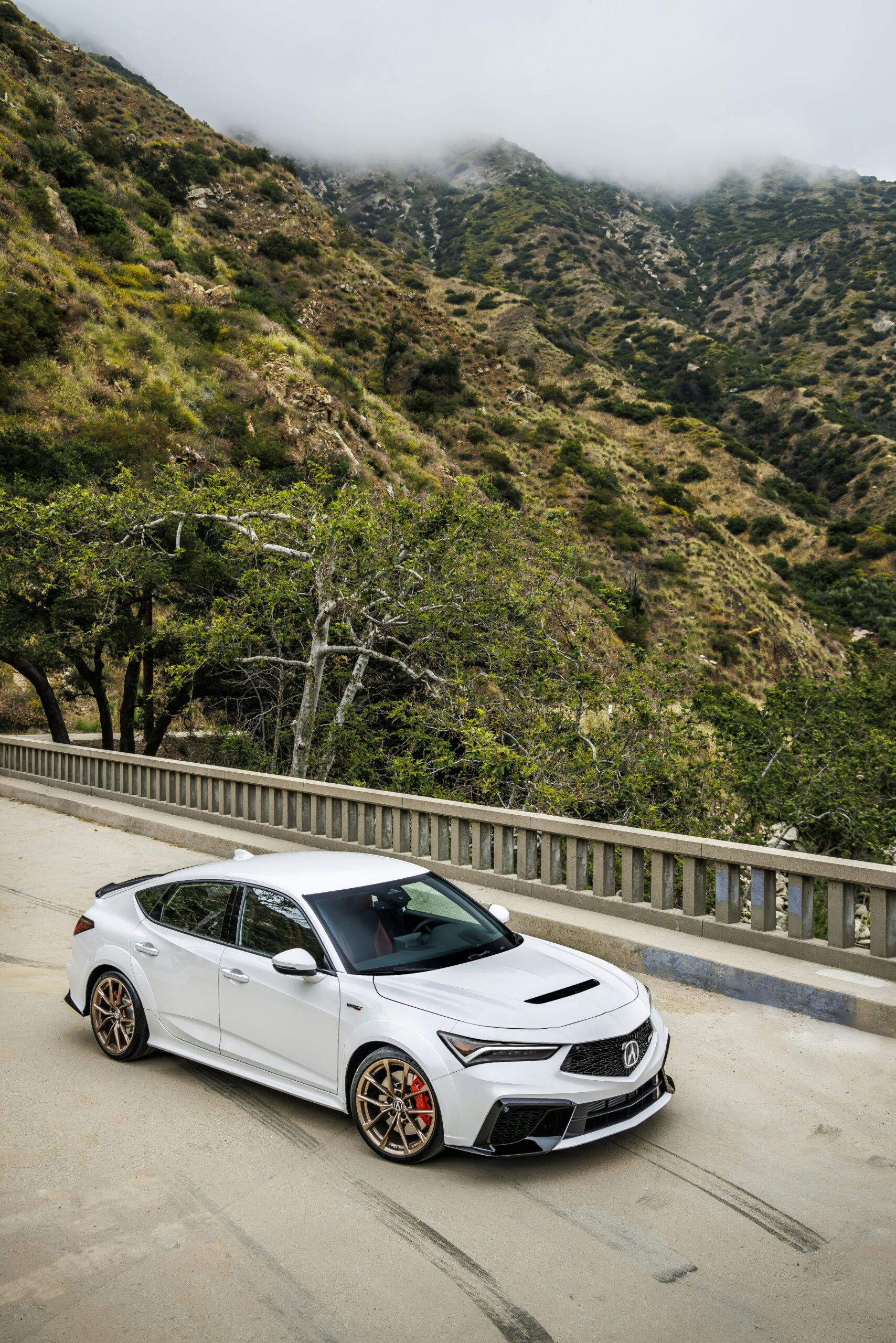
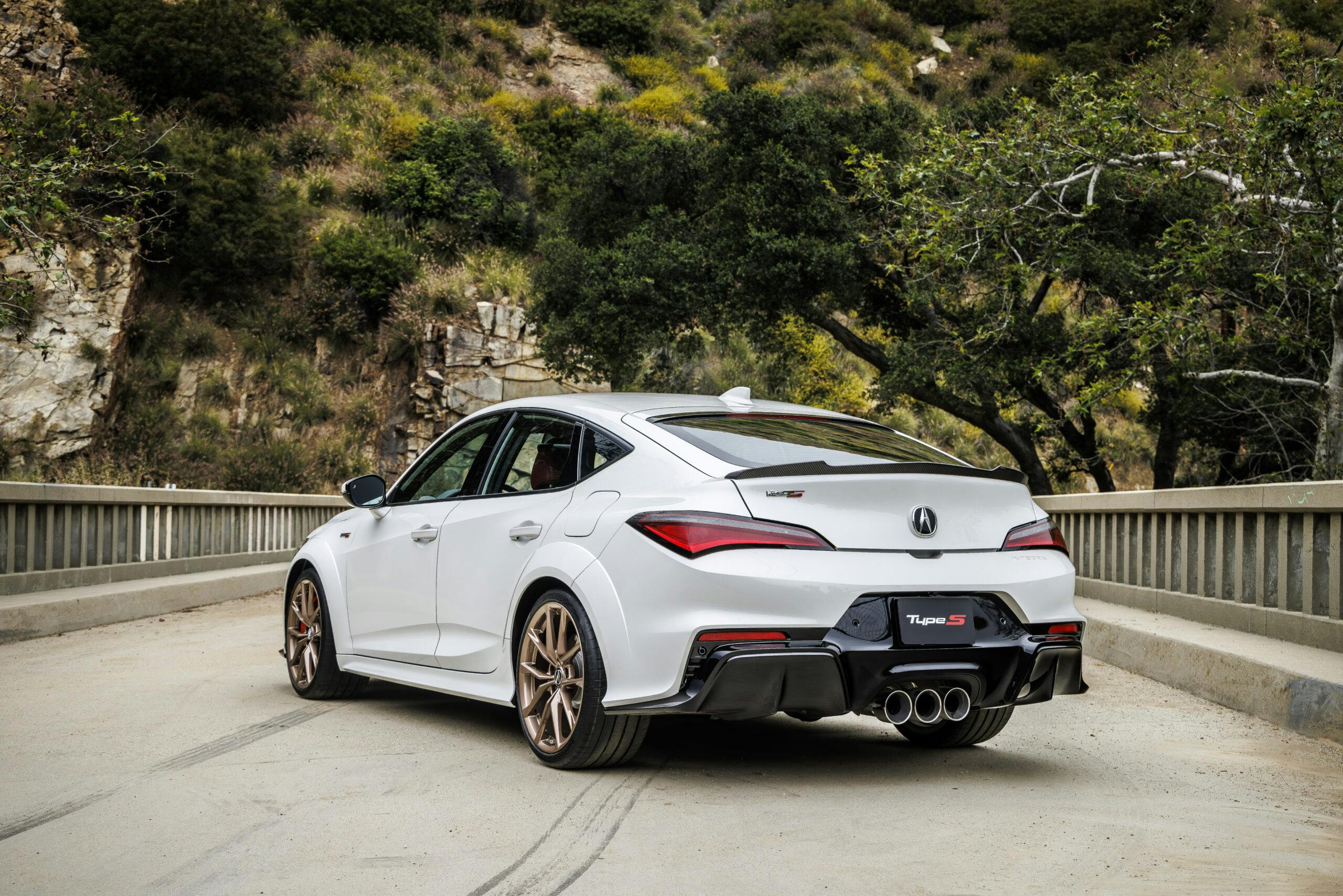



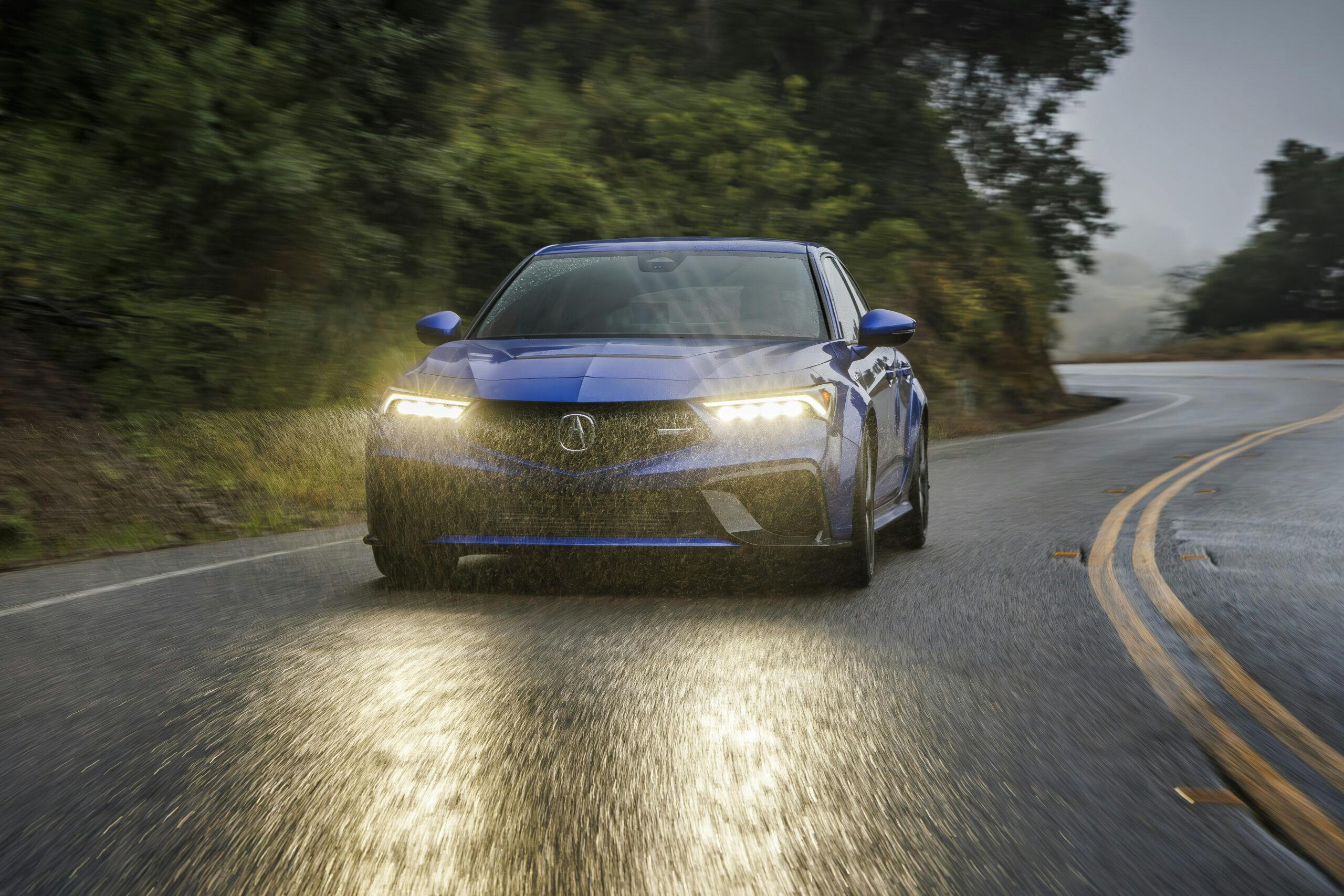

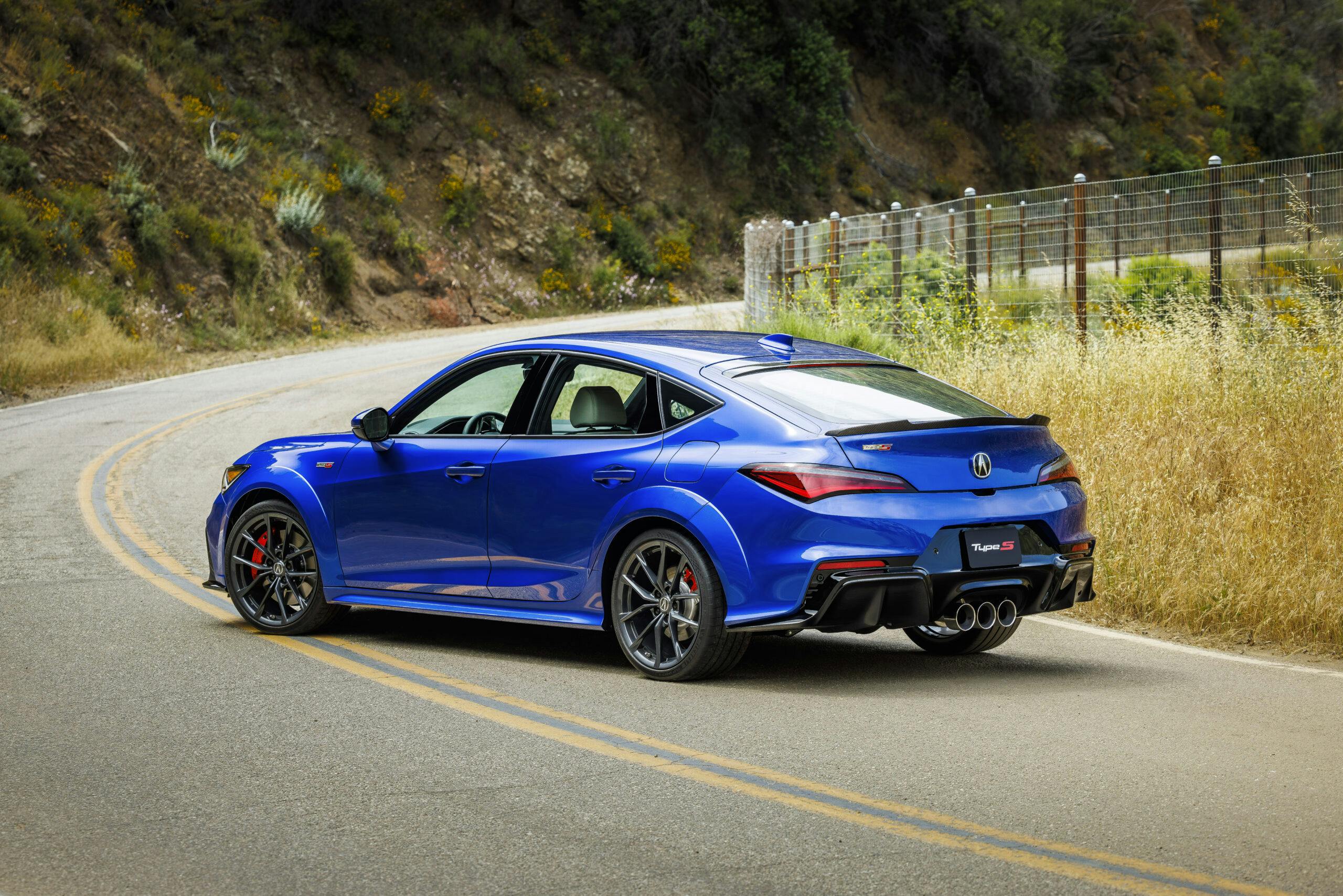
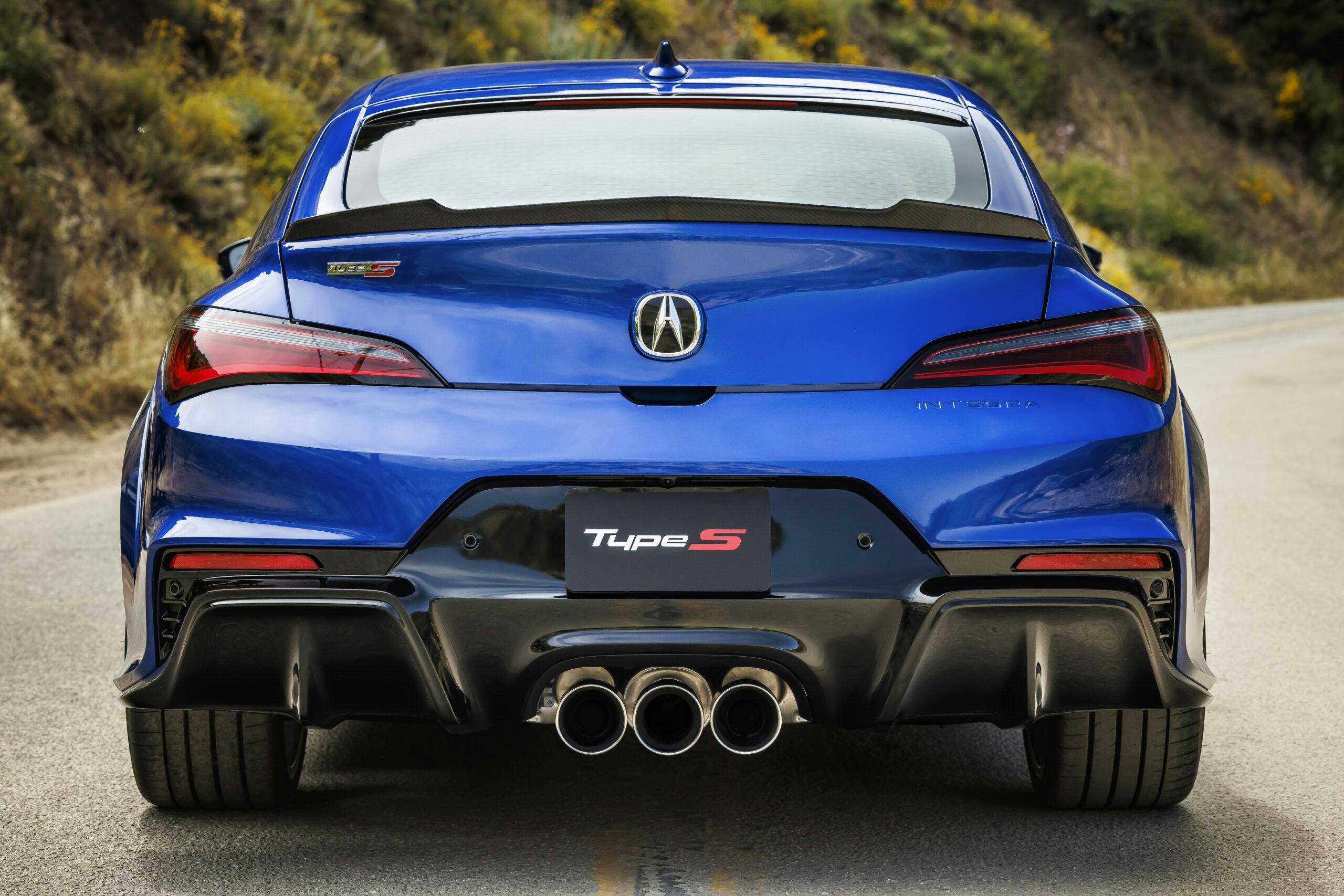
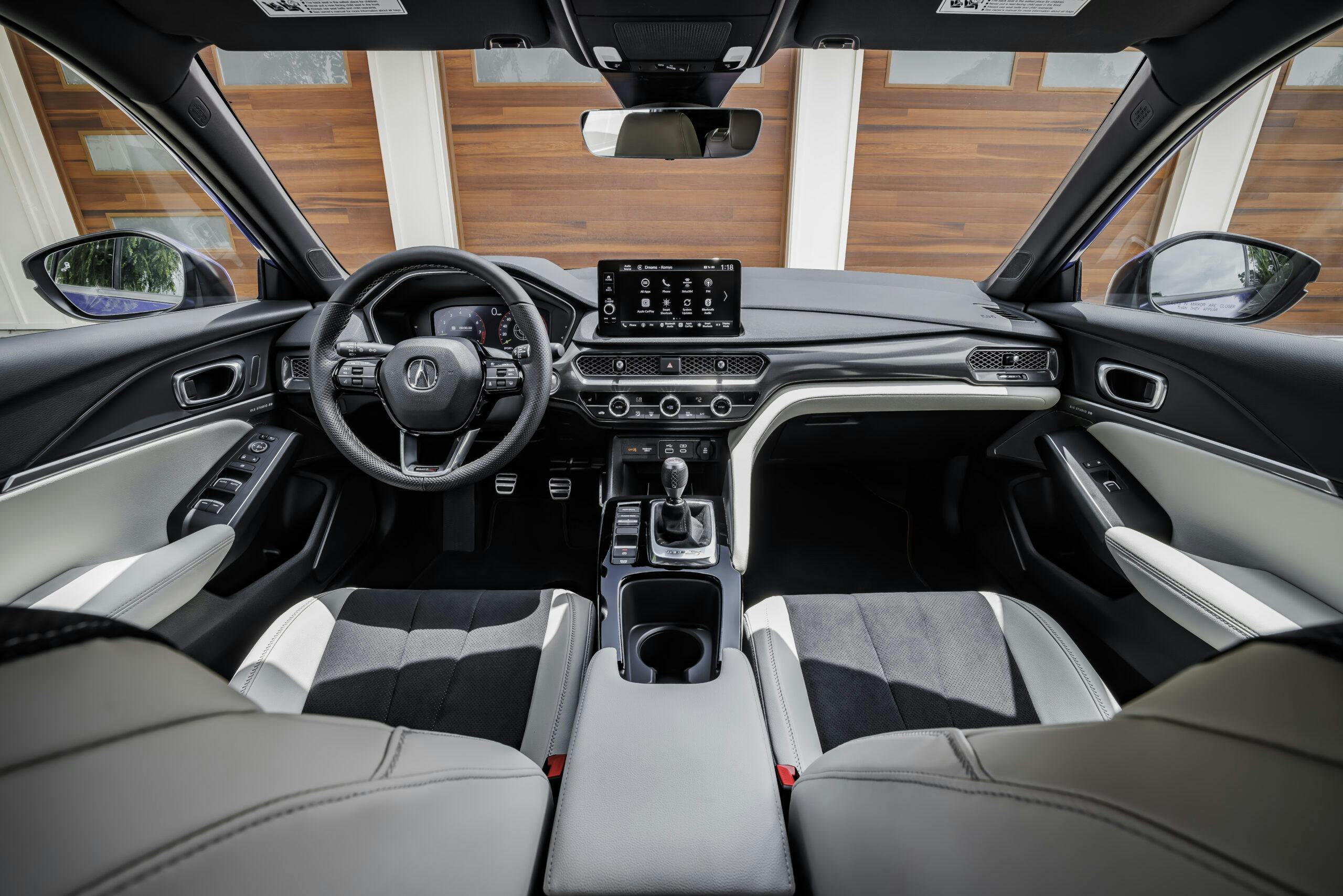
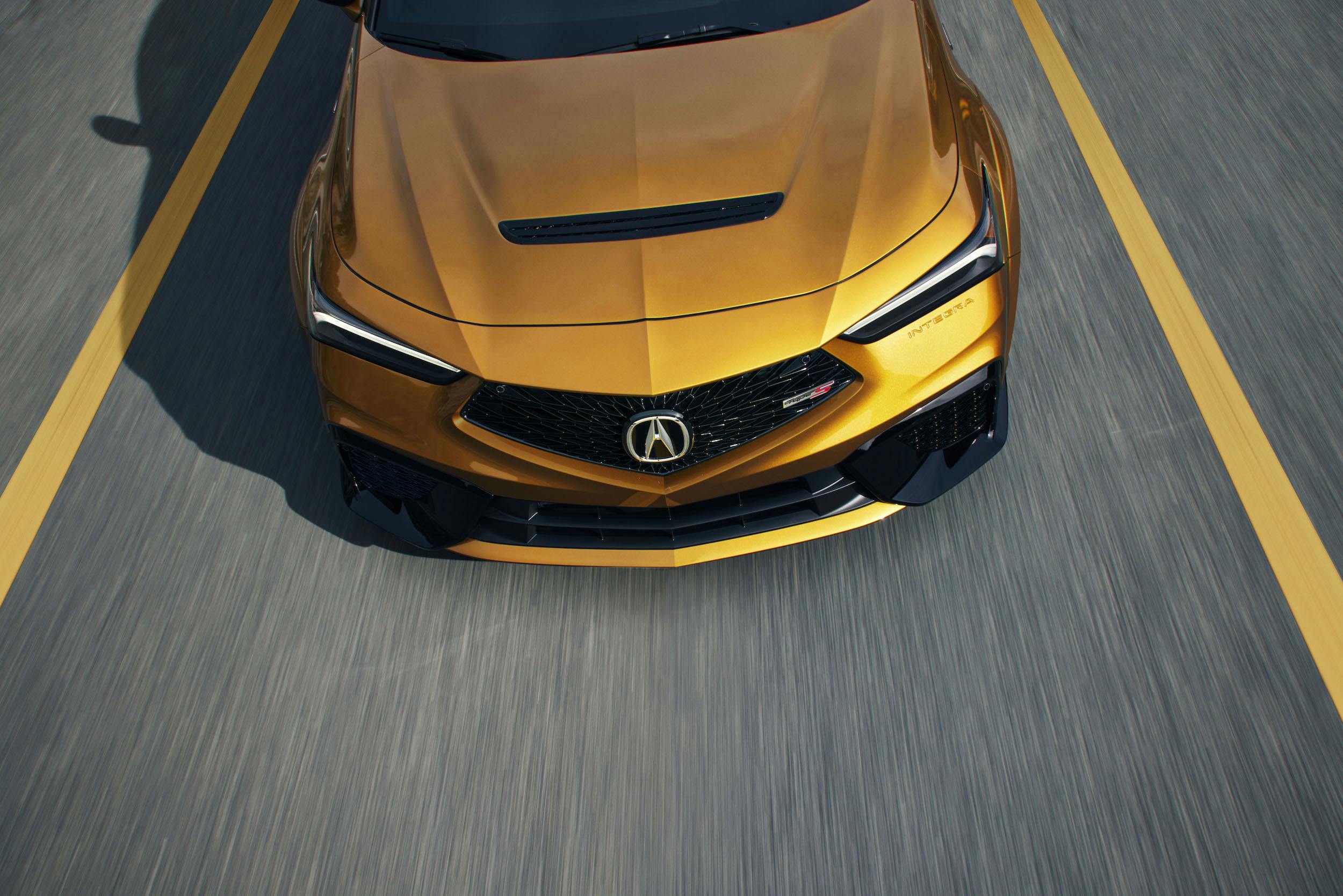
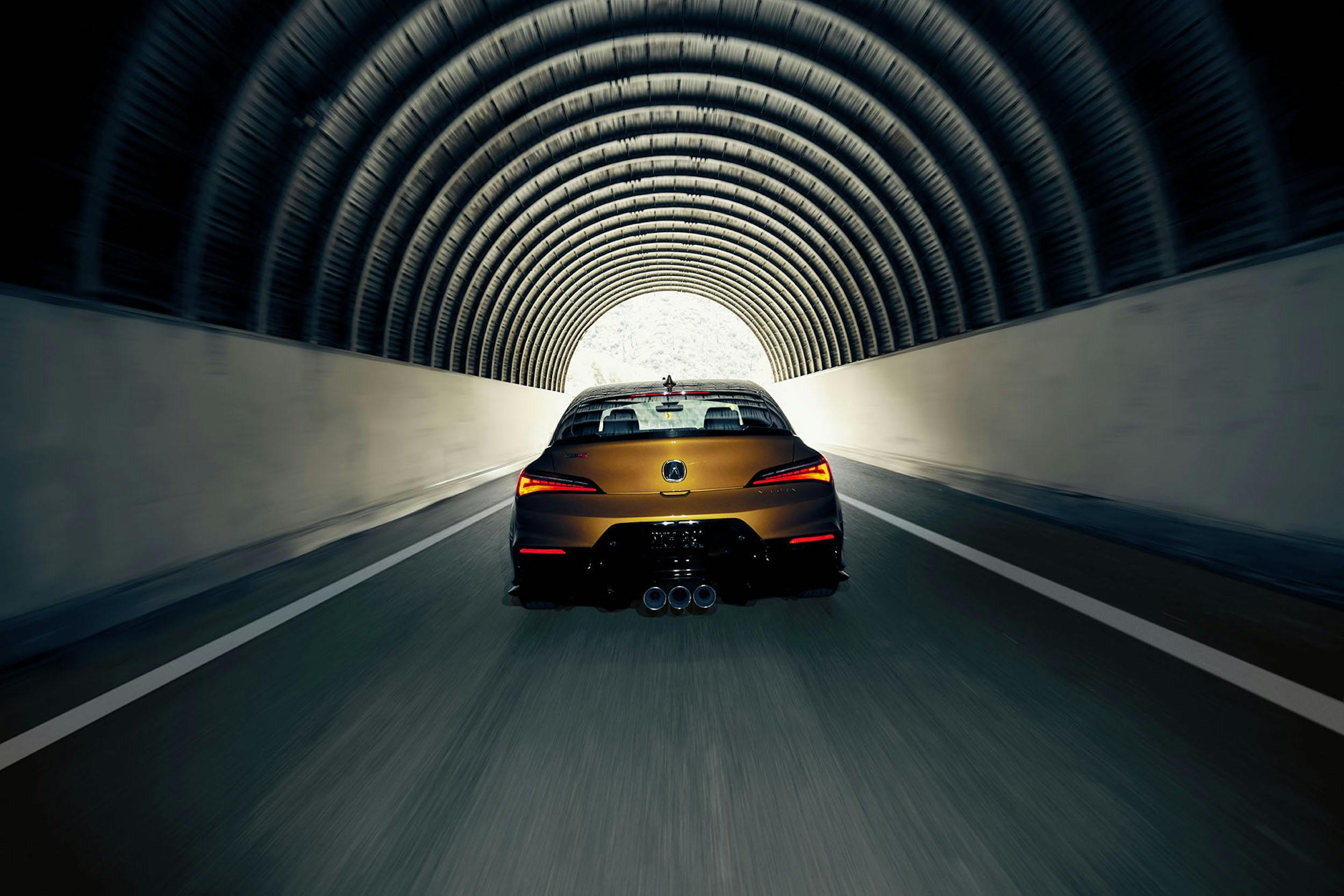
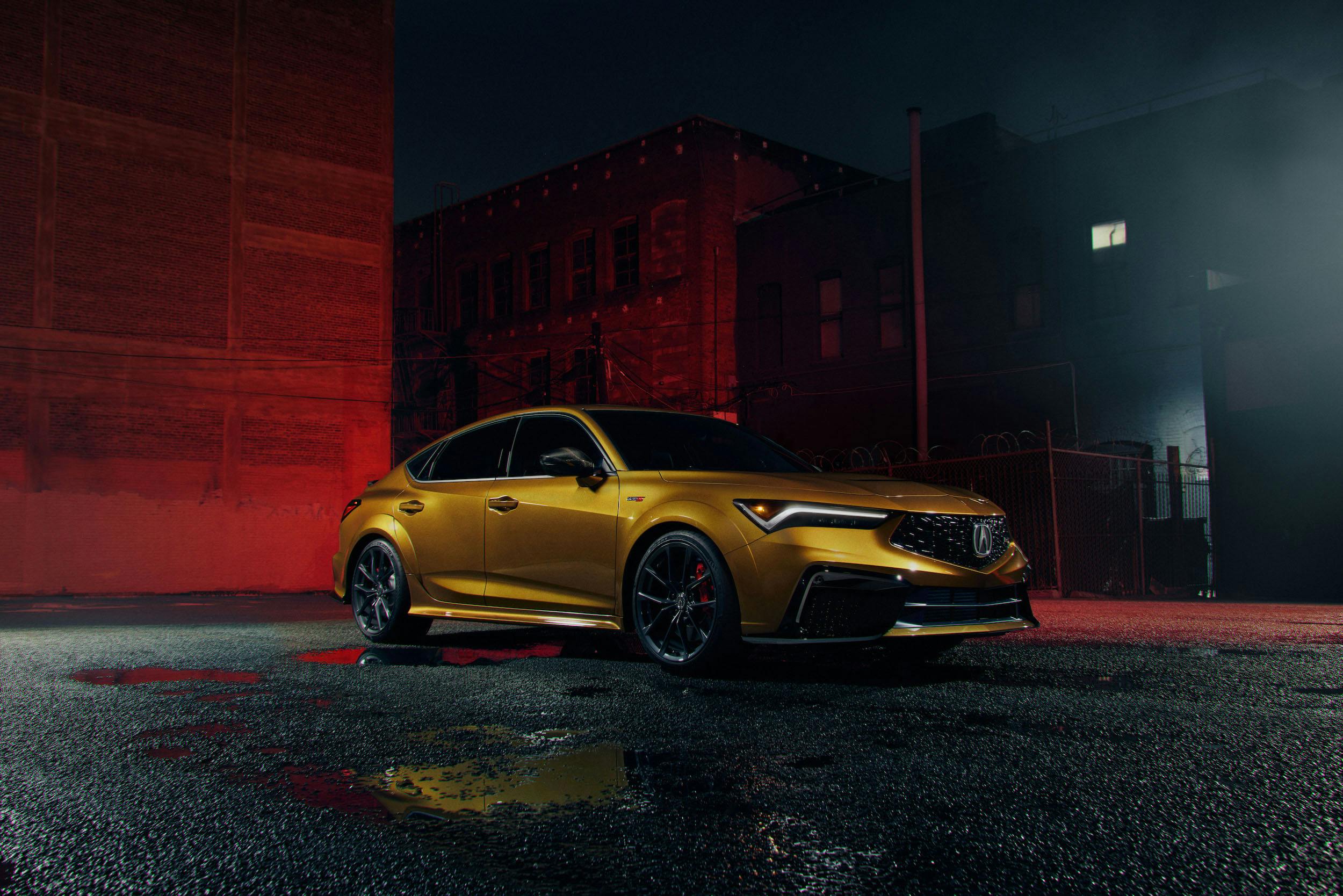

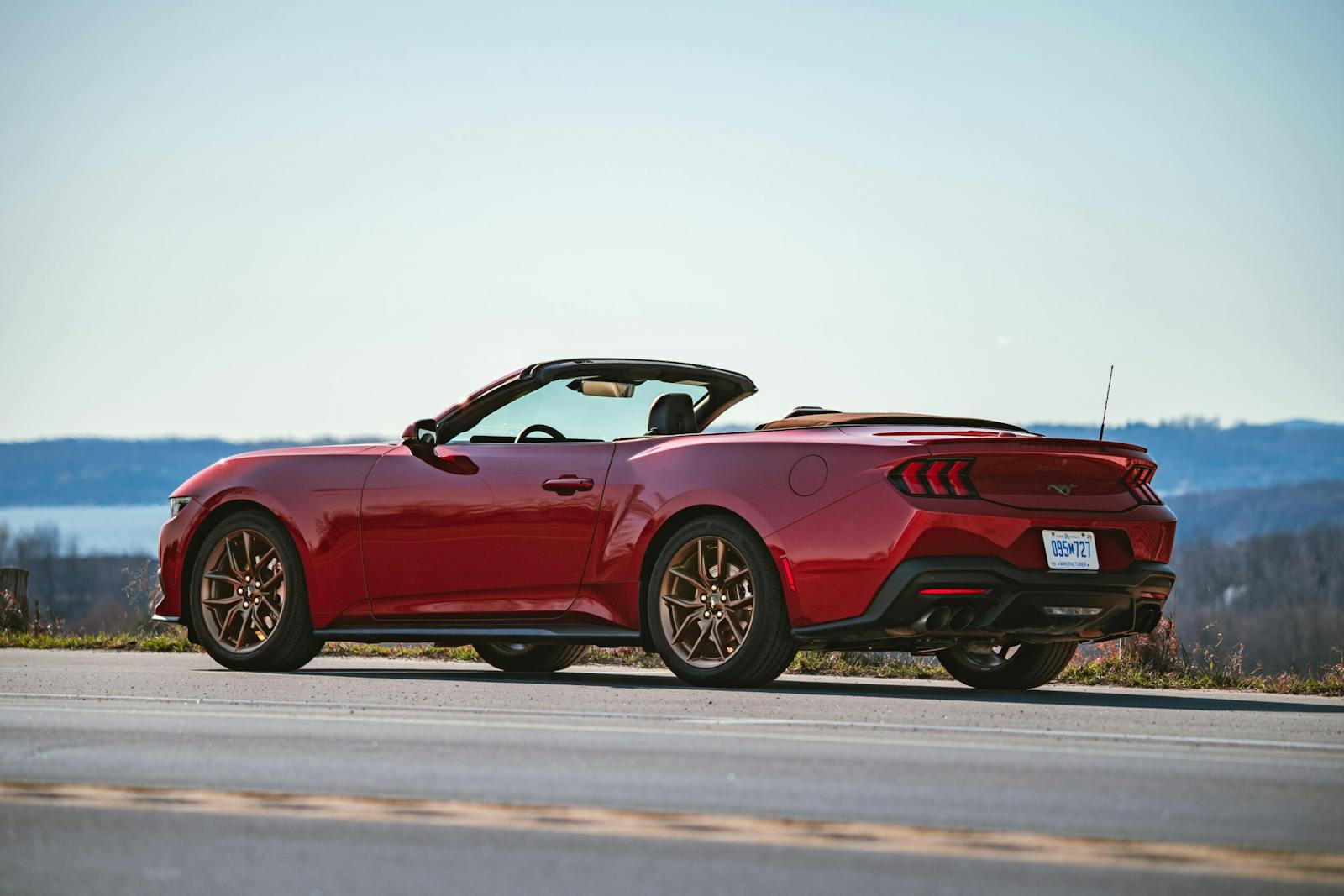
How likely is anyone to find one of these at or even near MSRP. Dealers see this car, read the room, and tack $5-8k on top. Maybe more. When used CTRs are going for over original MSRP, it’s hard to imagine that this will be any different. I’m guessing $60k asking prices aren’t far off…
It’s front wheel drive of course, really interested with that exception……..I would rather have an S200 with rear wheel drive…..apologies, always loved the Integra except for that deal breaker.
Typo S2000 of course……….
Love this news. I like the hatchback — it was very helpful in my RSX — but I don’t know if I could be happy in a 4-door Integra.
Finally a step in the Right Direction – yet the price (even corrected for annual inflation), plus the Dealer Markups , make it a negative for me compared to keeping my 5 year old 25,000 mile $31,000 out-the-door model that’s been completely reliable – but It’s still a positive direction for Acura
A $50k+ version of a $40k car. Both assuming no dealer markups. I wouldn’t pay the Acura tax over the Civic nor would I pay above sticker.
ilx was far nicer
Manual only. Sweet. No posers!
Ok so here’s 320hp with a front biased AWD but barely 30% given to the rear wheels plus it’s a 4 cylinder engine. Then you get average Sport Suspension with basic controls for stiffness & wheel steering but really a beautiful car outside and in too.
So WHY did the KIA Stinger GT with 365hp and rear biased AWD by 80% and full suspension & steering control get dumped on at the exact same price with MORE features??!!!
Stinger has this car beat hands down except for that glorious 6 speed manual. Plus a lot more features too. I felt it was a Great car except a little heavy with an ugly nameplate!! Plus it runs 1.5 seconds quicker zero to sixth if you’re into this stuff too!
But please never compare this to any 911 in your dreams!
because good engineering is more important than the spec sheet
I might consider this, if I were not able to get a 2023 WRX with 6 speed. Wholly front wheel drives do not interest me that much.
am i in the minority in america who thinks it is unrealistic and insane to spend 50K and up on a car?
With the exchange rate and the base Canadian tax rate, the Integra S will retail for $81,000, and that’s before dealer markups. 2023 Honda Civic Type Rs retail for the high $80s here, which is ridiculous for a Honda of any sort.
I drove an Integra back in the day when they were affordable fun. Sadly, those days are long behind us.
I’m sorry, but new age arriving. Only if we buy the utterly useless electric junk.
Otherwise Ice and the companies that make them will enjoy the rich cream while chewing there cud! Final decision rests with us bulls!
A friend of mine bought one from the Acura dealer in ATL for MSRP. But he is a good customer and also has an NSX he bought from them. I drove the car and it is really good. Ride and comfort is much better than I expected. The shifter is simply awesome. Worth the money just for that. It would be a tough call between this car and a Mustang GT with Magneride for 50K. I’d probably have to go for the Mustang just for the sound track but the hatch and 4 doors make this a very usable, very fun DD.